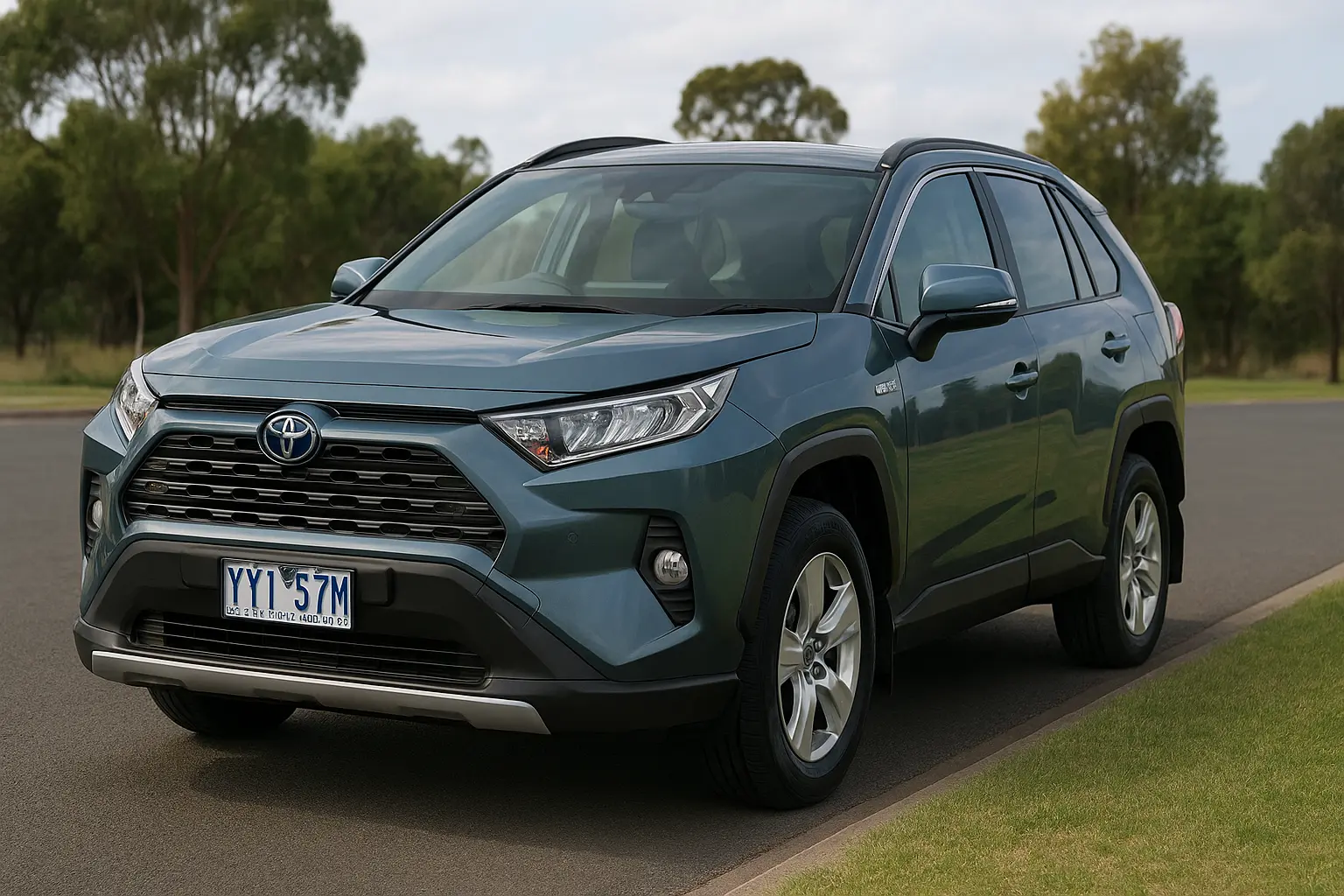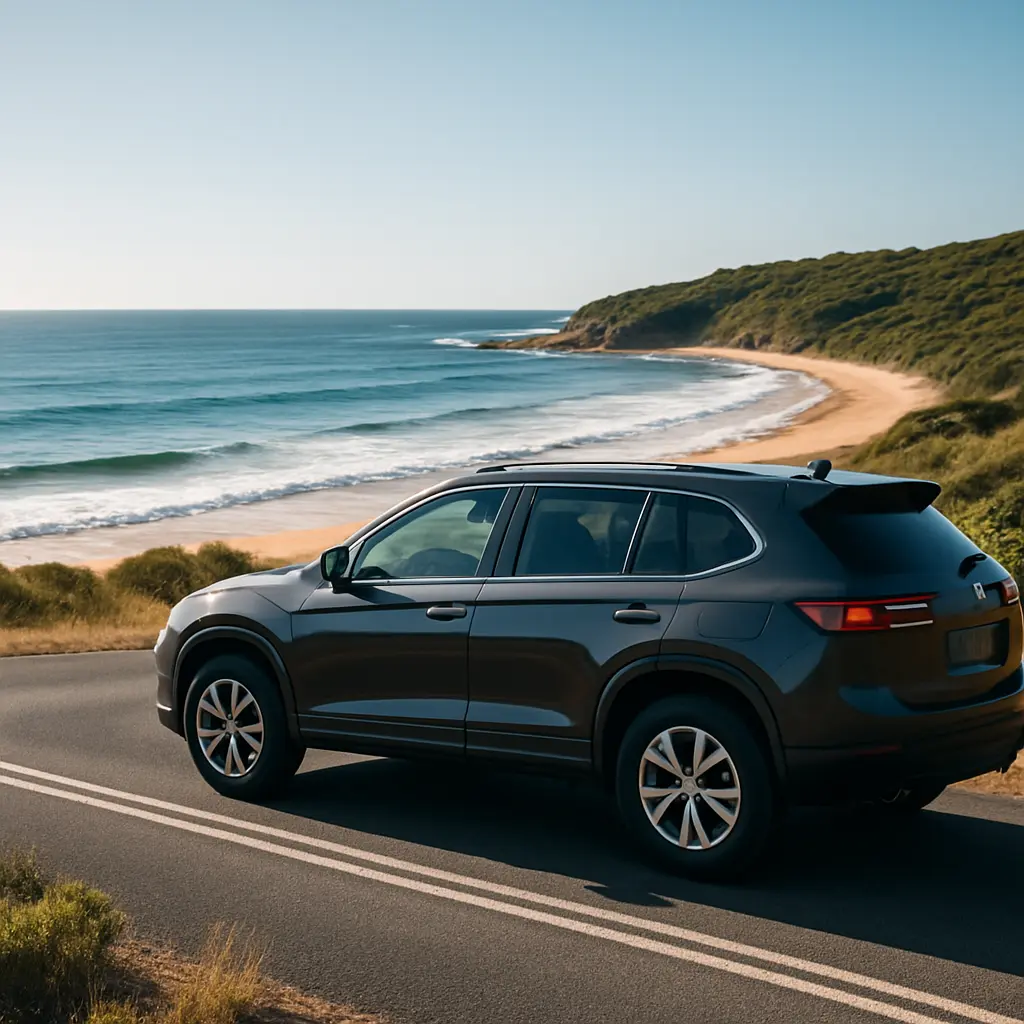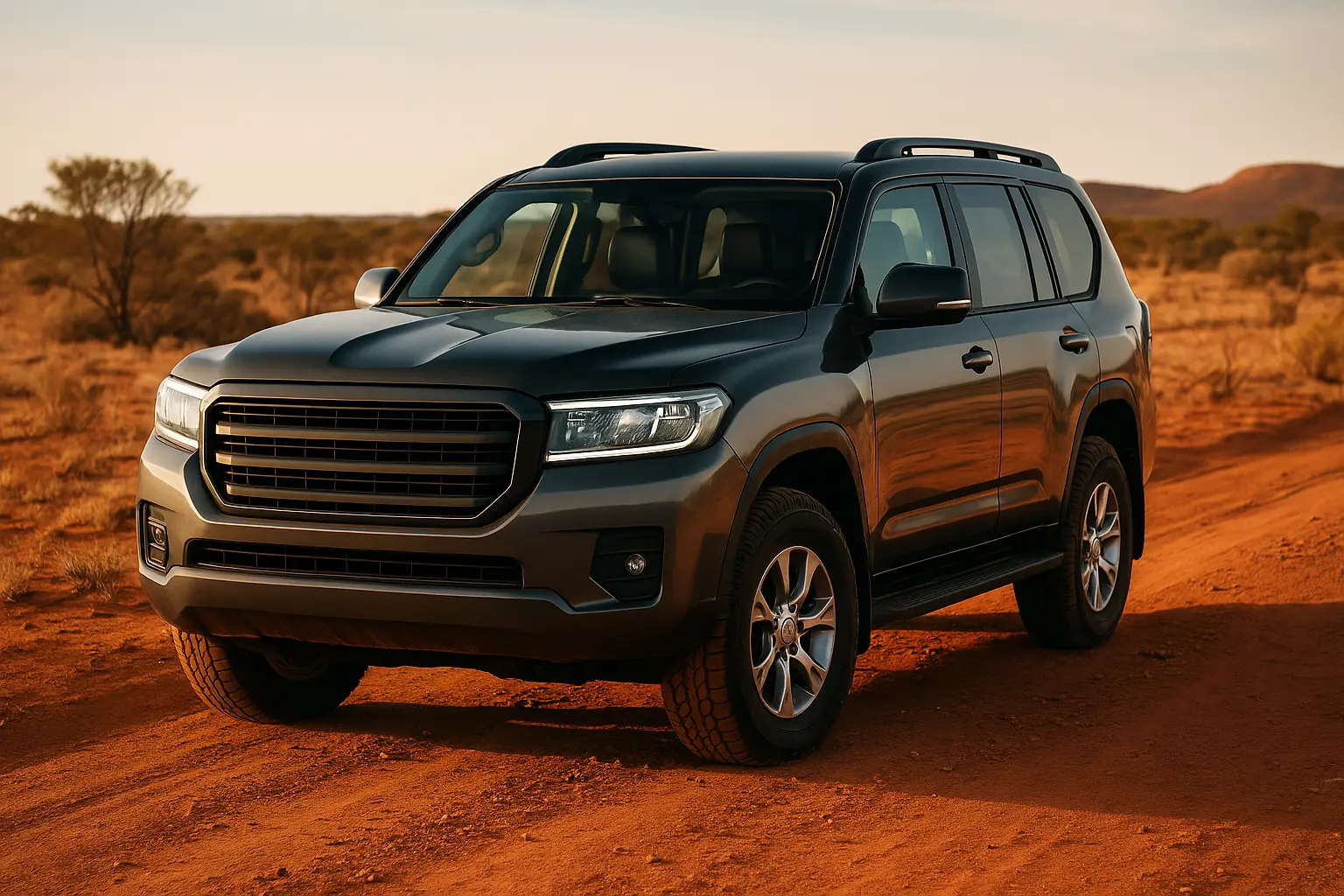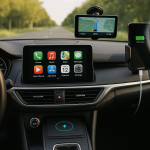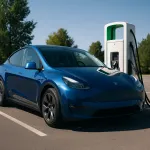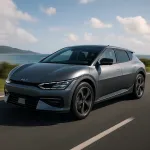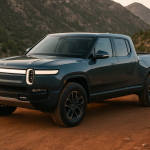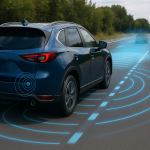How to Sell a Car in Australia in 2025 – Step-by-Step Guide
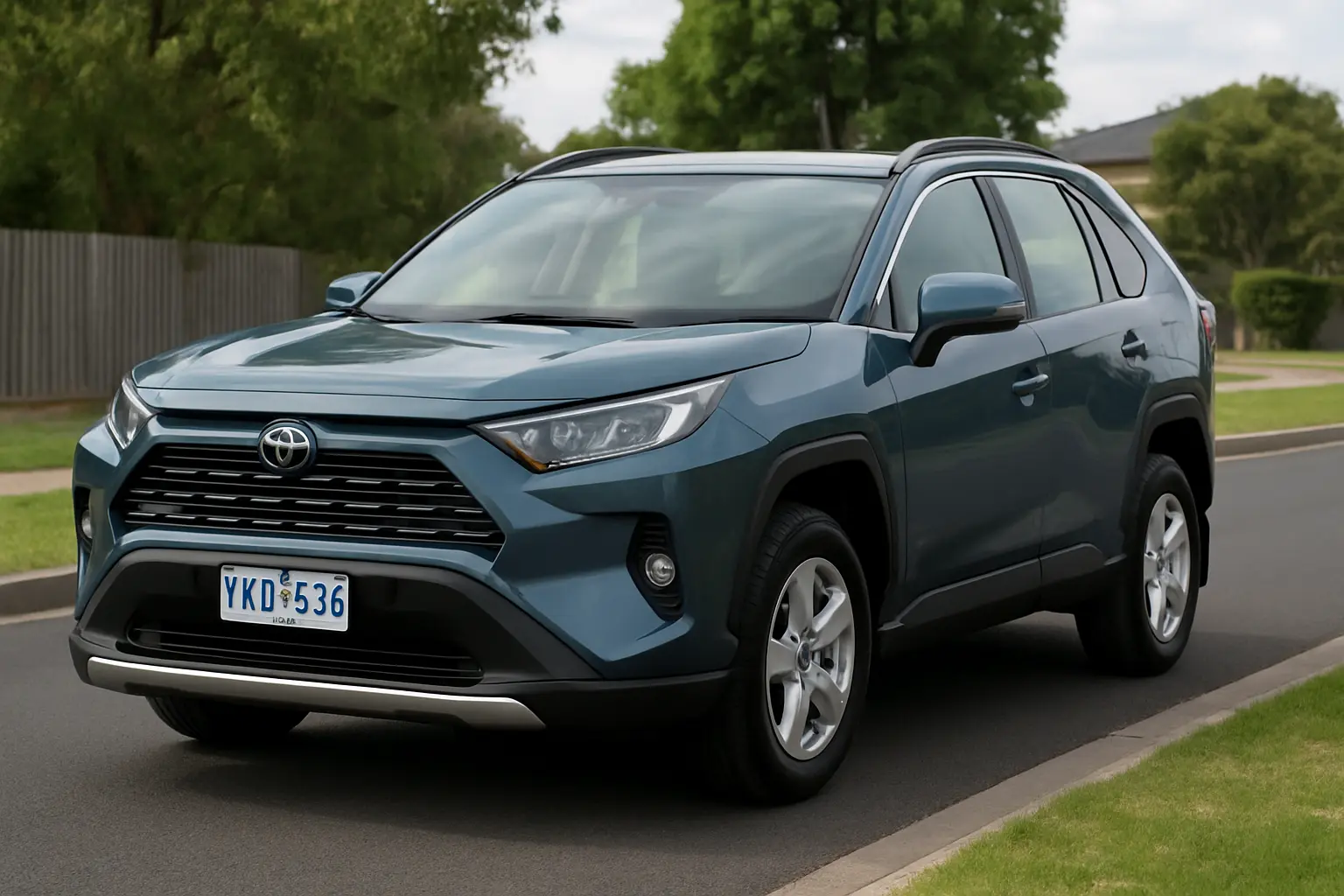
Selling a car in Australia has always involved a mix of strategy, legal compliance, and presentation. But in 2025, with digital marketplaces booming, stricter roadworthy compliance, and more educated buyers, getting the best value for your car requires more effort than simply sticking a "For Sale" sign on the windshield.
Whether you're upgrading, downsizing, or offloading a spare vehicle, this complete guide walks you through every step of the 2025 Australian car selling process—from prepping your vehicle to transferring ownership legally.
Table of Contents
1. Is It the Right Time to Sell? <a name="1"></a>
Before anything, consider market timing. In 2025:
Used car prices remain strong, especially for reliable utes, hybrids, and fuel-efficient models.
EV resale value has become more stable as infrastructure improves.
SUVs and hatchbacks remain in high demand among urban buyers.
Tip: Avoid selling during major holidays or just before new car sales events. Autumn and early spring usually bring higher buyer activity.
2. Decide How You’ll Sell: Private vs Dealer <a name="2"></a>
You can sell your car:
✅ Privately
Higher potential return
More control over the price
More effort involved (paperwork, meetings, test drives)
✅ To a Dealer or Trade-In
Faster, easier process
Lower resale price
Limited haggling
✅ Online Car Buying Services
In 2025, platforms like Carma, Cars24, and Sell My Car offer instant quotes and pick-up services.
Best for: Older cars, owners in a hurry, or those who want a no-hassle process.
3. Get Your Car Ready to Sell <a name="3"></a>
First impressions matter. A clean, well-maintained car can command thousands more.
🔧 Mechanical Prep
Service history up-to-date?
No check engine lights?
Fluids topped up?
Brakes and tyres in good condition?
🧼 Cosmetic Prep
Full wash and wax
Interior vacuum and wipe-down
Remove personal items
Minor paint corrections (if cost-effective)
📑 Roadworthy Certificate (RWC)
Most Australian states require a RWC before sale. Prices vary:
VIC: Mandatory
NSW: Known as a pink slip
QLD: Needed for any private sale
WA: Required only in specific cases
4. Set the Right Price <a name="4"></a>
Overpricing = No interest
Underpricing = Lost money
Use these platforms to determine the market value:
RedBook
CarsGuide
Drive.com.au
CarExpert Valuation Tool
Factors to consider:
Make, model, variant
Year and kilometres
Fuel type (EVs and hybrids are now stronger contenders)
Condition
Service and accident history
Aftermarket accessories or modifications
Bonus Tip: Price slightly above what you want—you’ll leave room for negotiation.
5. Write an Effective Ad <a name="5"></a>
This is your digital pitch. Don’t skimp here.
Include:
Year, make, model, variant
Odometer reading
Transmission, fuel type
Features (e.g., Apple CarPlay, sunroof, leather seats)
Condition (honest overview)
Registration and RWC status
Reason for sale
Price (firm/negotiable)
Contact details (email + phone)
Example ad:
2020 Toyota Corolla Ascent Sport Hatch Auto – 65,000km
Immaculate condition, full-service history, 1 owner, fuel-efficient, reverse camera, cruise control, Apple CarPlay. Rego till Dec 2025. RWC included. $21,900 ONO.
6. Where to List Your Car Online in 2025 <a name="6"></a>
🥇 Top Platforms:
carsales.com.au – Most traffic but paid
Facebook Marketplace – Free, highly active, local
Gumtree Cars – Free basic listing
Drive – Gaining popularity
Autotrader – Trusted for dealer listings
Tip: Use clear, daylight photos—inside and out, engine bay, logbook, tyres, boot.
7. Handle Enquiries and Test Drives <a name="7"></a>
Expect messages like:
“Is it still available?”
“What’s your best price?”
“Can I come see it today?”
Be Prepared:
Respond quickly
Be polite but firm on price
Don’t accept test drives without:
A valid licence
Insurance cover (yours or theirs)
You being present in the car
Pro Tip: Meet in a public space during daylight (shopping centres, police stations are best).
8. Complete the Paperwork <a name="8"></a>
Selling a car in 2025 requires state-specific paperwork:
Standard Requirements:
Proof of identity
Vehicle transfer form (can be done online in most states)
RWC (if required)
Signed sales receipt (include both parties’ details, VIN, price, date)
9. Transfer Registration and Notify the Authorities <a name="9"></a>
Failing to notify authorities can lead to fines or liability if the buyer misuses the vehicle.
Per State:
NSW: Use Service NSW
VIC: Via VicRoads
QLD: Use Transport and Main Roads
WA, SA, TAS, NT: Visit respective motor authority websites
The buyer often pays stamp duty and lodges the transfer, but you must still notify them to release your liability.
10. How to Avoid Scams and Fraud <a name="10"></a>
Scammers are common on online platforms.
🚩 Red Flags:
Buyer offers to overpay and refund difference
Wants to “arrange courier”
Asks for PayID or crypto payments
Fake banking screenshots
Refuses a test drive
Best Practices:
Deal locally, face-to-face
Only accept cleared funds
Use bank transfer or cash only
Verify ID of the buyer
11. FAQs About Selling a Car in Australia in 2025 <a name="11"></a>
❓ Do I have to provide a RWC?
Yes, in most states. Check your state’s requirements.
❓ Can I sell without registration?
Yes, but fewer buyers will be interested. It’s legal, but they’ll need to tow it.
❓ How long does transfer take?
Usually within 14 days. Some states now offer instant online transfer options.
❓ What if I still owe money on the car?
You must clear the loan before or during sale. Inform buyers—many will do a PPSR check anyway.
12. Final Thoughts <a name="12"></a>
Selling a car in Australia in 2025 is easier than ever thanks to digital tools—but only if you prepare properly. From cleaning and pricing to paperwork and final handover, each step matters.
Take your time, be transparent, and protect yourself legally and financially. A well-executed sale not only gets you the best price—it gives peace of mind.
Leave a comment
Your email address will not be published. Required fields are marked *


